I am running the following query and at first it appears to give the sub totals for customers and shows by date each customers payment amounts only if that total for all payments is greater than $90,000.
SELECT
Customername,
Date(paymentDate),
CONCAT('$', Round(SUM(amount),2)) AS 'High $ Paying Customers'
FROM Payments
JOIN Customers
On payments.customernumber = customers.customernumber
Group by customername, Date(paymentDate) WITH ROLLUP
having sum(amount)> 90000;
But upon looking at the records for Dragon Souveniers, Ltd. and Euro+ Shopping Channel is is actually showing the paydates that have amounts individually over $90000 as well as the subtotal for that customer as a rollup. For all other customers, their individual payment dates are not reported in the result set and only their sum is if it over $90000. For example Annna's Decorations as 4 payment records and none of them are over 90000 but her sum is reported as the value for the total payments in the query with the rollup. Is this the correct interpretation?

